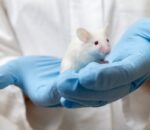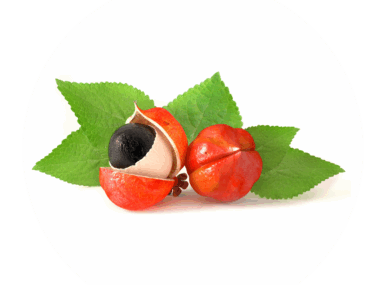Fullerenols treatment was able to reduce oxidative stress in fly study
Findings suggest fullerenols may have therapeutic potential for Huntington's
Written by |

Treatment with antioxidant compounds called fullerenols showed neuroprotective effects in a fruit fly model of Huntington’s disease, particularly at early ages, according to a new study.
These findings add to a number of studies highlighting the role of oxidative stress in Huntington’s, and suggest that fullerenols may have therapeutic potential, researchers noted.
Oxidative stress is a type of cellular damage resulting from an imbalance between the production of potentially harmful reactive oxygen species (ROS) and the cells’ ability to clear them with antioxidants.
The study, “Fullerenols Prevent Neuron Death and Reduce Oxidative Stress in Drosophila Huntington’s Disease Model,” was published in Cells.
Neurodegenerative disorders often marked by increased oxidative stress
Neurodegenerative disorders such as Huntington’s are commonly marked by an increase in oxidative stress.
“It is well known that oxidative stress is a hallmark of neurodegeneration, although the relationship between cell death and the accumulation of reactive oxygen species remains unclear,” the researchers wrote.
Antioxidants, as the term suggests, are compounds that have the ability to reduce oxidative stress. As such, they have gained increased interest as potential therapies for Huntington’s and other neurodegenerative diseases.
Fullerenols are a group of molecules that have powerful antioxidant activity, acting as “sponges” that soak up ROS so they cannot damage the cell.
Here, a team of researchers in Russia tested the effects of two fullerenols — namely C60(OH)30 and C120O(OH)44 — in a fruit fly model of Huntington’s. The fruit fly “is a good model to study diseases with relatively simple genetic backgrounds such as HD [Huntington’s disease],” the researchers wrote.
Huntington’s disease is currently considered a multifactorial disease, which implies the creation of a complex therapy that affects various cellular processes, part of which could be water-soluble fullerenols.
Treatment with fullerenols led to a decrease in oxidative stress
Analyses of the flies’ brains at 15 and 25 days of age showed that those fed yeast containing either one of the two fullerenols had significantly lower levels of ROS than those fed normal yeast. This meant that treatment led to a decrease in oxidative stress.
Results also showed that fullerenol-fed flies had significantly more nerve cells in their brains, suggesting that the treatment helped to prevent nerve cell death.
This effect was particularly significant in flies that were 15 days old. When they were 25 days old, “a statistically significant slowdown in neurodegeneration was observed only when fullerenol C120O(OH)44 was added to the flies’ food,” the team wrote.
The reduction in ROS levels showed statistically significant associations with less nerve cell loss only at earlier time points, but not on the 25th day. These findings suggest that oxidative stress “plays a considerable, but not dominant, role in neuronal death,” the researchers added.
Further analyses showed that fullerenol treatment did not significantly alter brain levels of the mutant huntingtin protein that causes Huntington’s. The treatment also did not significantly affect movement or lifespan in the fly model.
“We assume that in our model, as in cases of [neurodegeneration] in humans, the ROS level reaches critical values with age, and the antioxidants used are no longer able to prevent neuronal death or locomotor impairments or increase life expectancy,” the researchers wrote in explanation of these results.
Overall, “we were able to demonstrate for the first time that C60(OH)30 and C120O(OH)44 fullerenols have antioxidant and neuroprotective activity” in the fruit fly model of Huntington’s, the researchers wrote.
“Huntington’s disease is currently considered a multifactorial disease, which implies the creation of a complex therapy that affects various cellular processes, part of which could be water-soluble fullerenols,” the team wrote.
“However, further investigations are required to elucidate the detailed mechanism of fullerenols activity,” they concluded.







